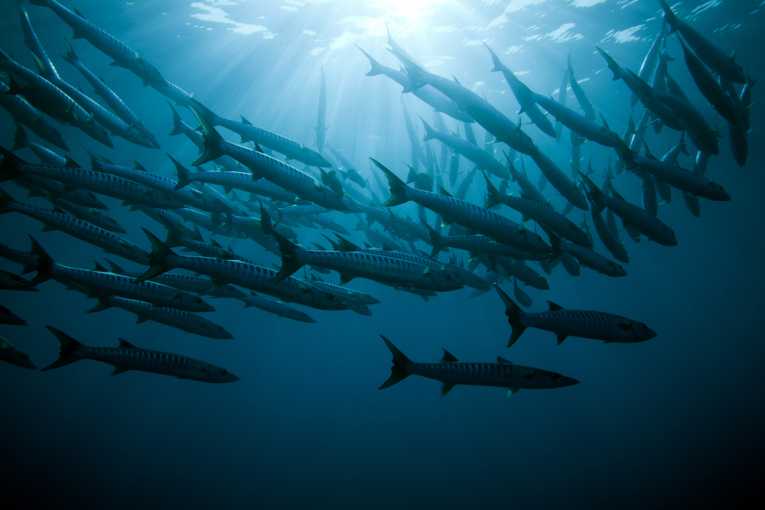It was originally thought that climate change would see a much more rapid relocation of land species than of ocean life as the temperature rise in oceans would be slower. However, this way of thinking is beginning to change based on new research that has been published in Science magazine. Dr Elvira Poloczanska is from CSIRO's Climate Adaptation Flagship and is the co-author of the paper. She says, "Analyses of global temperature found that the rate at which marine life needs to relocate is as fast, or in some places faster, than for land species. This is despite ocean warming being three times slower than land."
She says that an increasing number of ocean life species are changing breeding, spawning and migration cycles based on climate change. She continued to explain that just a one degree increase in the temperature of the World's oceans could mean that marine animals and even plants could have to travel hundreds of miles just to stay in their safe comfort zones that they are used to living in. This is obviously a major problem for organisms such as corals that are not able to move these distances.
The team behind the research wrote in Science magazine that there needed to be two indicators used to measure how quickly things were changing over the last 50 years. These two indicators were the temperature change across the landscape and seascape and the change in temperature seasonality.
Professor Anthony Richardson explains that how quickly marine life relocates is not simply a case of how much the temperature has changed but also on how far that marine life would need to travel to reach its preferred temperature conditions because some species need to travel huge distances because temperature varies a lot less in the oceans that it does on land.
He says, "On the land in flat areas such as deserts, for example, animals and plants must relocate over long distances to find a change in temperature but in mountainous areas this change can be found in shorter distances. Marine animals and plants will have to travel long distances in many parts of the ocean, where temperature changes relatively little, to remain in their preferred temperature"
"In warm areas such as the Equator, which is a marine biodiversity hotspot, marine life will have to travel very far to find a suitable temperature zone and we are concerned that threats to biodiversity may be high"
The associate professor continues to explain that the same principles apply for changes in reproduction cycles including breeding migrations and flowering. He continues, "The seasonal temperature cycle is relatively reduced in the ocean compared with land, so again this means that if a plant or animal wants to maintain its thermal environment and keep pace with warming, it will need to move its reproduction earlier in the year as such, or more, in the ocean than on land."
An interesting point that the study raises is that the climate change patterns are not union. Some areas of the oceans are warming faster than other and other areas are even cooling. Large areas of the Southern Ocean are cooling and this could see marine life from Polar Regions migrate to these areas where this sort of life has been unseen.
Dr. Poloczanska said, "While organisms may respond to aspects of climate change other than temperature, we studied the global thermal environment because it is probably the most important variable controlling global distribution and timing of marine life. Although we only looked at the ocean surface, and many marine species may live deeper, the majority of these ultimately rely on production at the sunlit ocean surface or have larval stages that disperse in shallower depths,"
The research and analysis of current data continues as to how climate change will affect marine life in previously unexpected ways.










